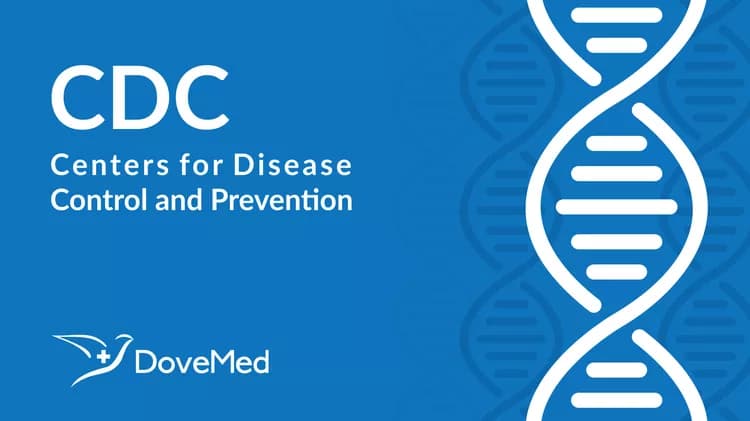
Autism Prevalence Slightly Higher In CDC’s ADDM Network
About 1 in 59 eight -year-old children in 11 communities across the United States were identified as having autism in 2014, according to a report published today in CDC’s Morbidity and Mortality Weekly Report (MMWR) Surveillance Summary.
The data in this report come from CDC’s Autism and Developmental Disabilities Monitoring (ADDM) Network – a tracking system that provides estimates of the prevalence and characteristics of autism spectrum disorder among more than 300,000 8-year-old children. ADDM is the largest population-based program to monitor autism and the only autism tracking system that examines health and education records.
The latest estimate of 1.7 percent (1 in 59) is higher than the previous ADDM estimate released in 2016, which found a prevalence of 1.5 percent or 1 in 68 children. Some of the change in prevalence could be due to improved autism identification in minority populations – although autism is still more likely to be identified in white children than in black or Hispanic children. This identification is important, because children identified early with autism and connected to services are more likely to reach their fullest potential.
“Autism prevalence among black and Hispanic children is approaching that of white children,” said Stuart Shapira, M.D., Ph.D., associate director for science at CDC’s National Center on Birth Defects and Developmental Disabilities. “The higher number of black and Hispanic children now being identified with autism could be due to more effective outreach in minority communities and increased efforts to have all children screened for autism so they can get the services they need.”
The Autism and Developmental Disabilities Monitoring Network estimates are combined from 11 communities within Arizona, Arkansas, Colorado, Georgia, Maryland, Minnesota, Missouri, New Jersey, North Carolina, Tennessee, and Wisconsin. The 11 communities surveyed in this report represent about 8 percent of 8-year-old children in the United States.
Estimates of autism varied widely among the 11 communities in this report, although five reported similar estimates of 1.3 percent to 1.4 percent. The highest prevalence estimate of 2.9 percent came from a community in New Jersey. Some of the regional differences in autism prevalence estimates among the 11 communities might be due to differences in how autism is being diagnosed and documented.
More work needed to identify autism early in life
The data demonstrate that more work needs to be done to identify children with autism at a younger age and refer them to early intervention:
Fewer than half of the children identified in the Autism and Developmental Disabilities Monitoring Network received their first autism diagnosis by the time they were 4 years old.
Although 85 percent of children with autism had concerns about their development noted in their health records by the time they were 3 years old, only 42 percent received a developmental evaluation by that age.
This lag between first concern and first evaluation may affect when children with autism can begin getting the services they need.
“Parents can track their child’s development and act early if there is a concern. Healthcare providers can acknowledge and help parents act on those concerns. And those who work with or on behalf of children can join forces to ensure that all children with autism get identified and connected to the services they need as early as possible,” said Dr. Shapira. “Together we can improve a child’s future.”
CDC’s efforts to track autism and promote early identification
The next ADDM report will add data for children who were 8 years old in 2016 and help us better understand whether autism prevalence is changing and whether improvements are being made in early identification of autism. The Autism and Developmental Disabilities Monitoring Network is not a representative sample of the United States, but is a detailed look at autism in these specific communities. For more information about CDC’s autism activities visit www.cdc.gov/Autism.
CDC’s Learn the Signs. Act Early program provides parents, childcare professionals, and healthcare providers free resources, in English and Spanish, for monitoring children’s development. The program offers parent-friendly, research-based milestone checklists for children as young as 2 months of age. CDC’s Milestone Tracker Mobile App can help parents track their child’s development and share the information with their healthcare providers. For more information visit www.cdc.gov/ActEarly.
###
U.S. DEPARTMENT OF HEALTH AND HUMAN SERVICES
Related Articles
Test Your Knowledge
Asked by users
Related Centers
Related Specialties
Related Physicians
Related Procedures
Related Resources
Join DoveHubs
and connect with fellow professionals

0 Comments
Please log in to post a comment.